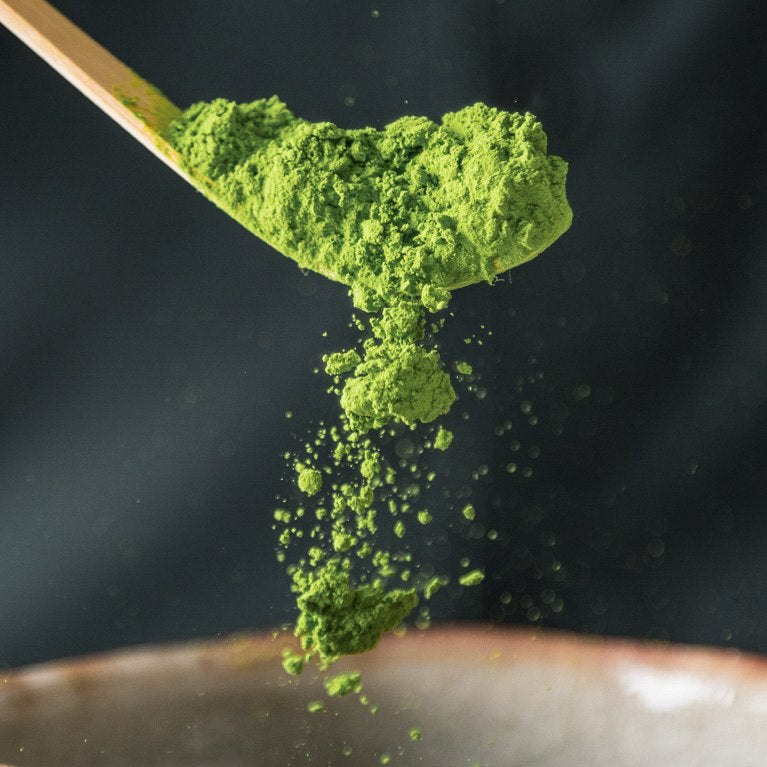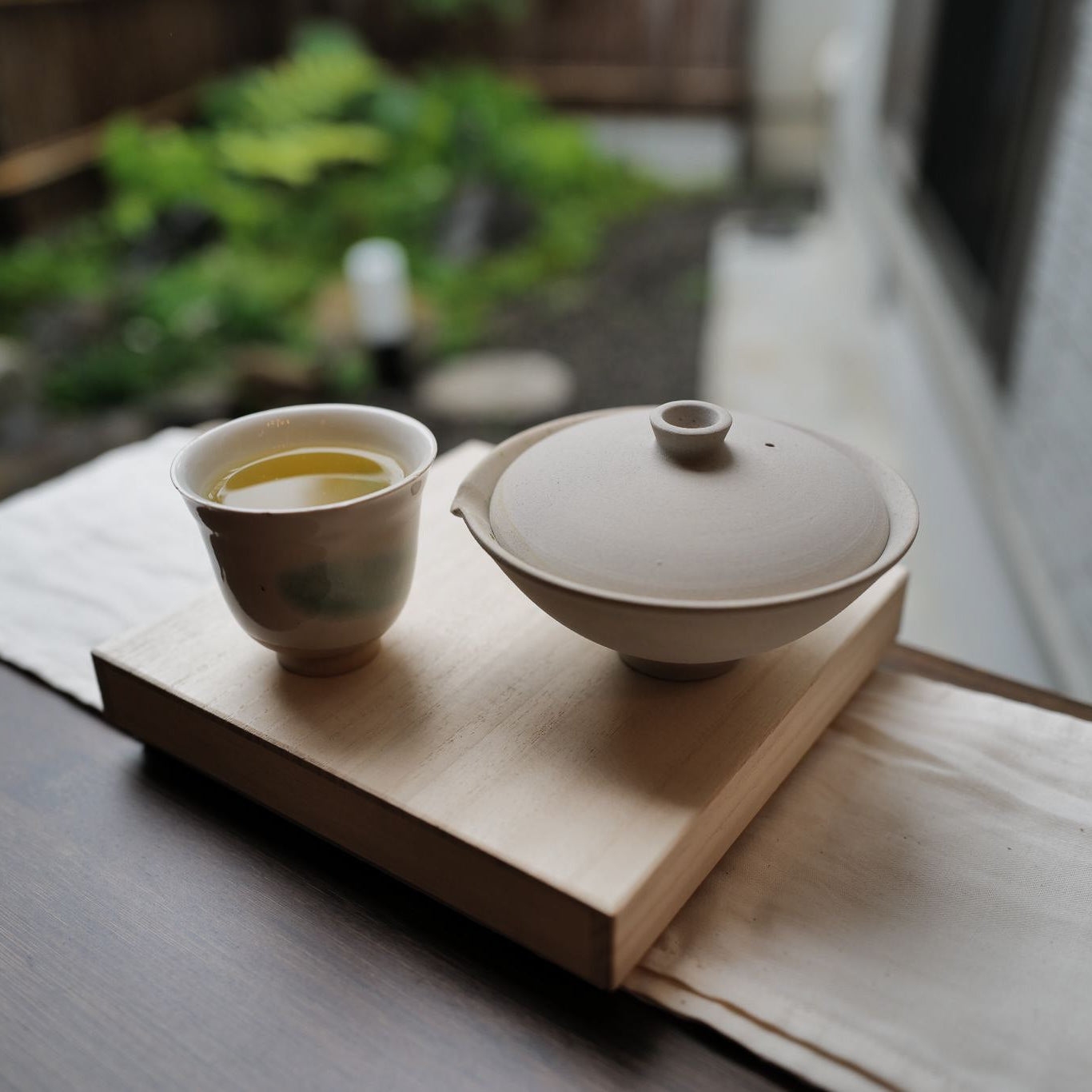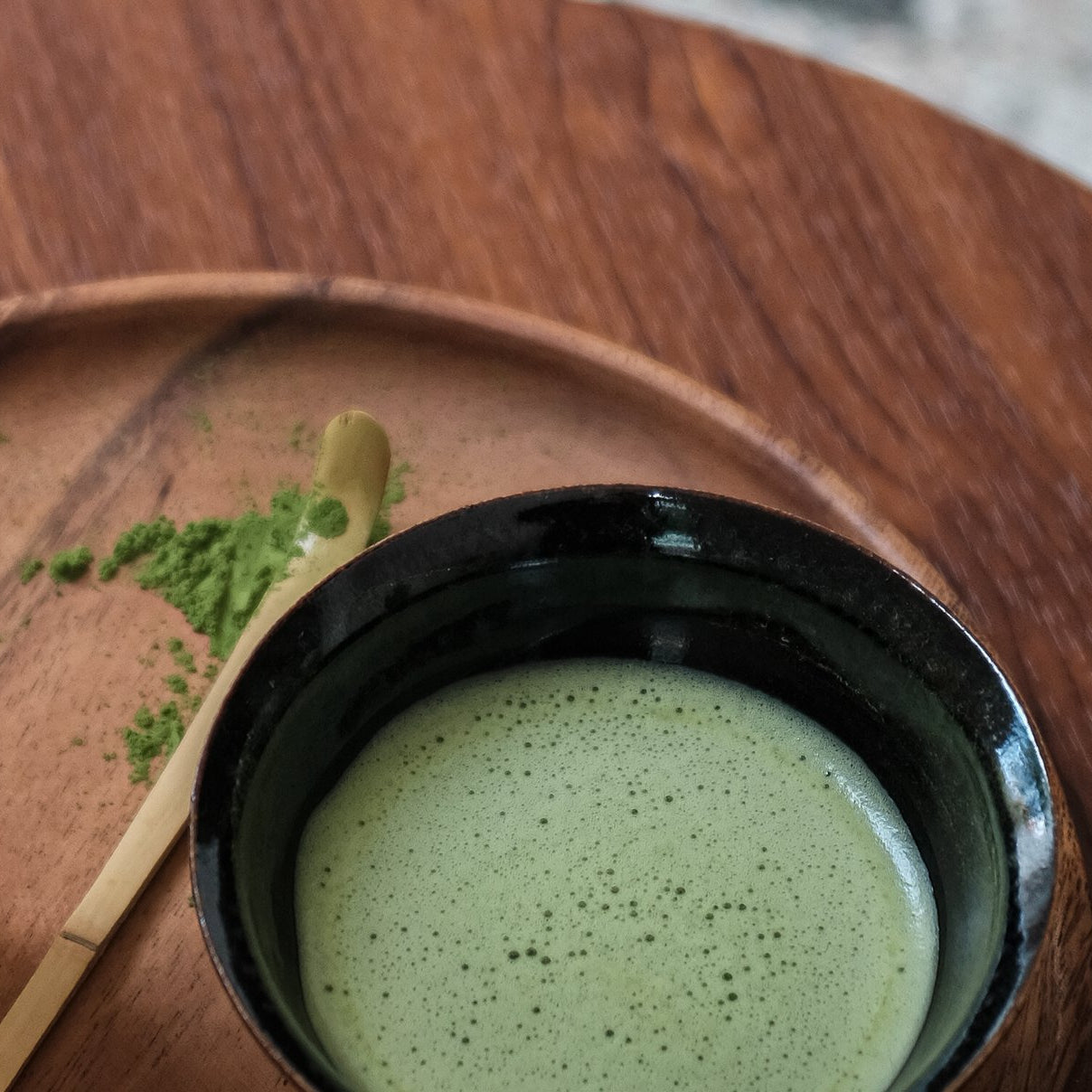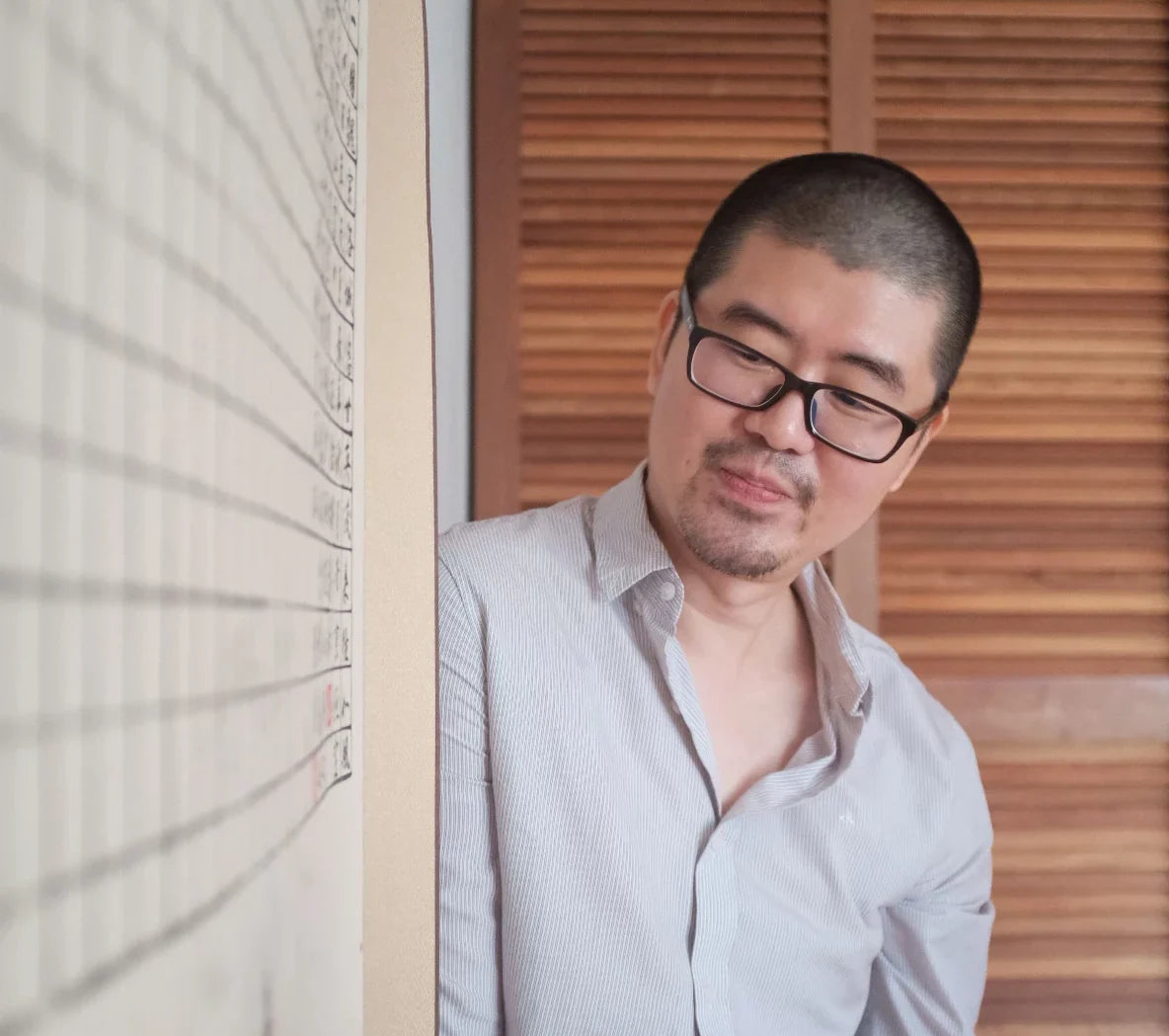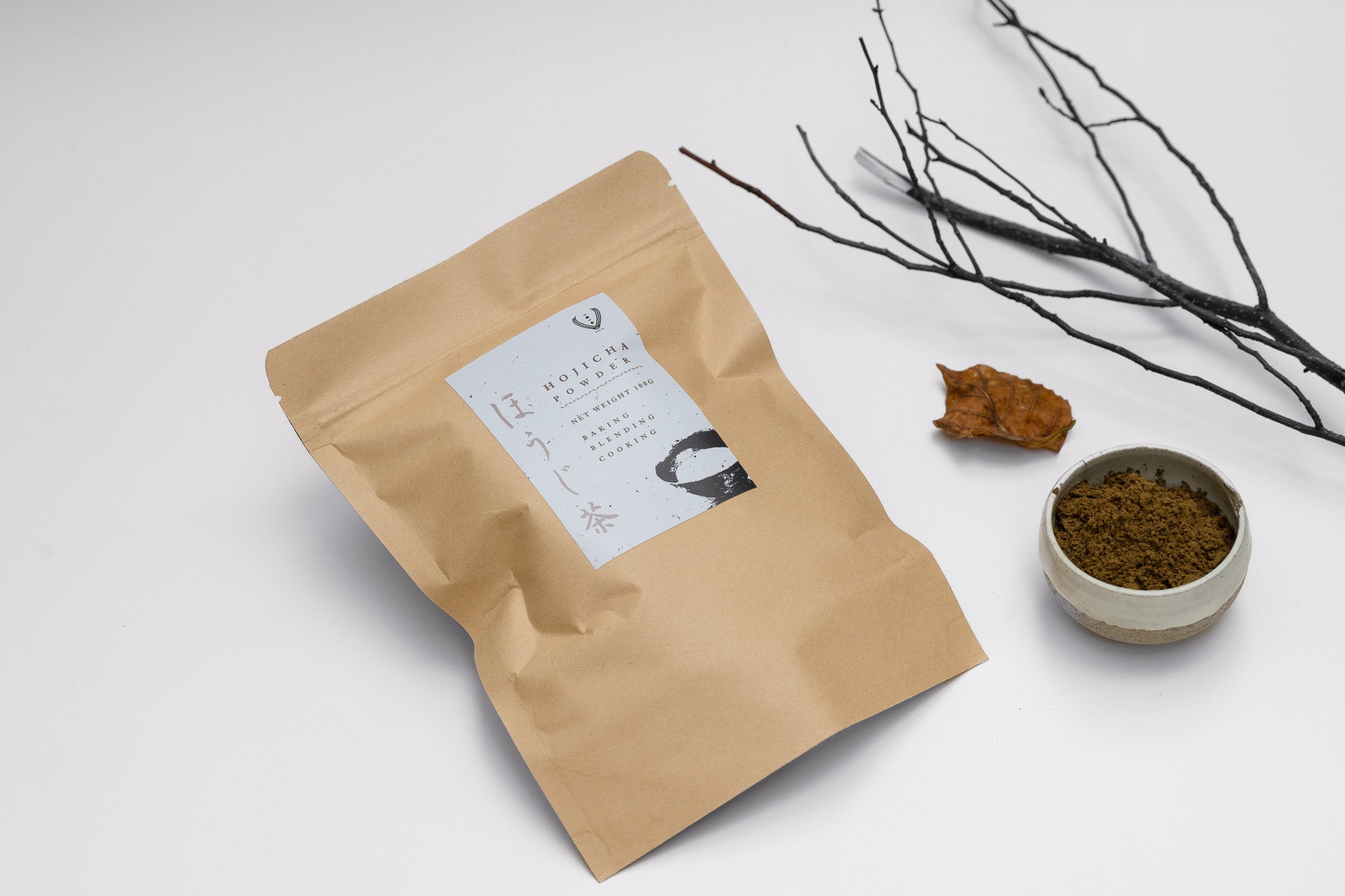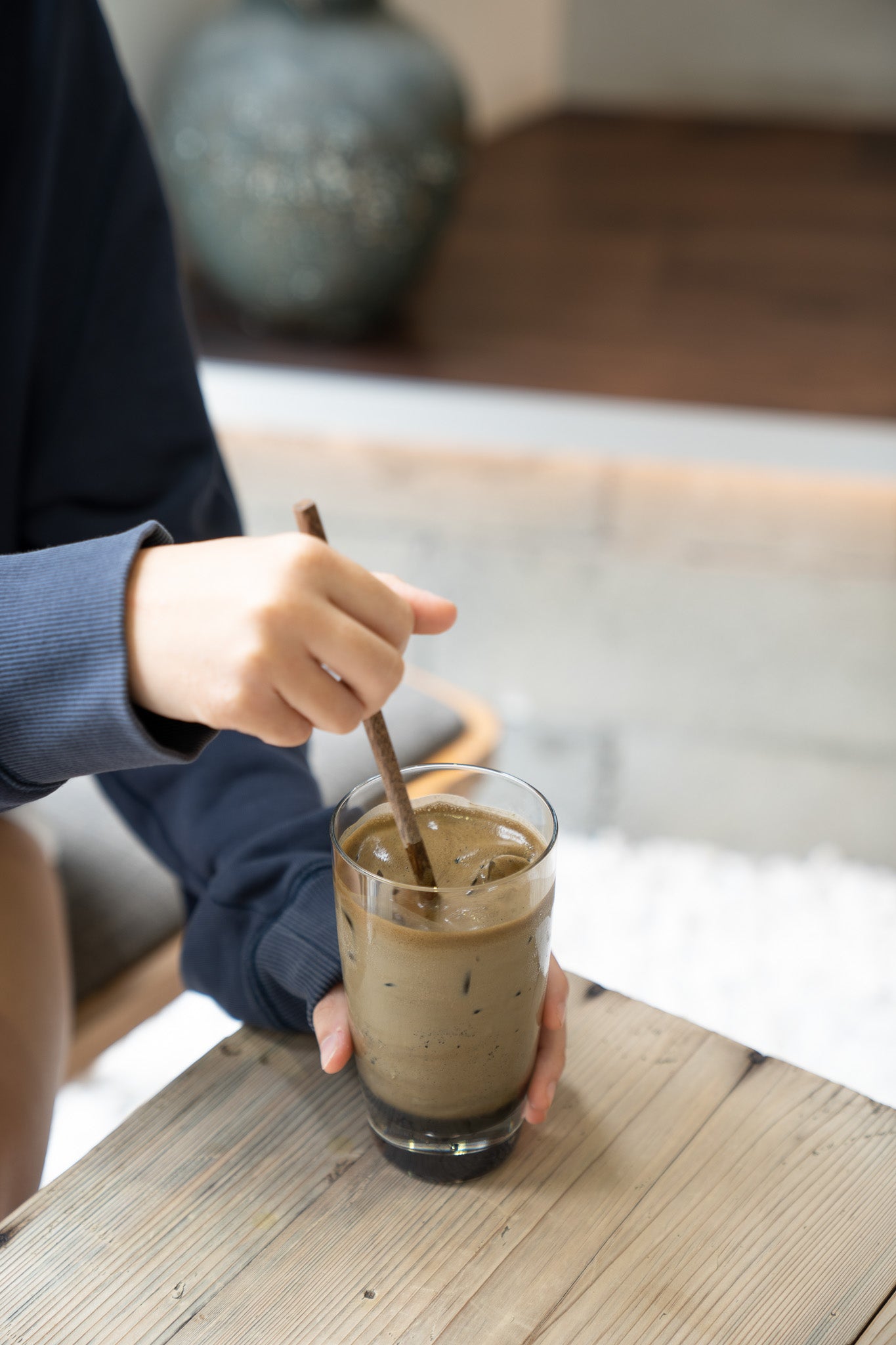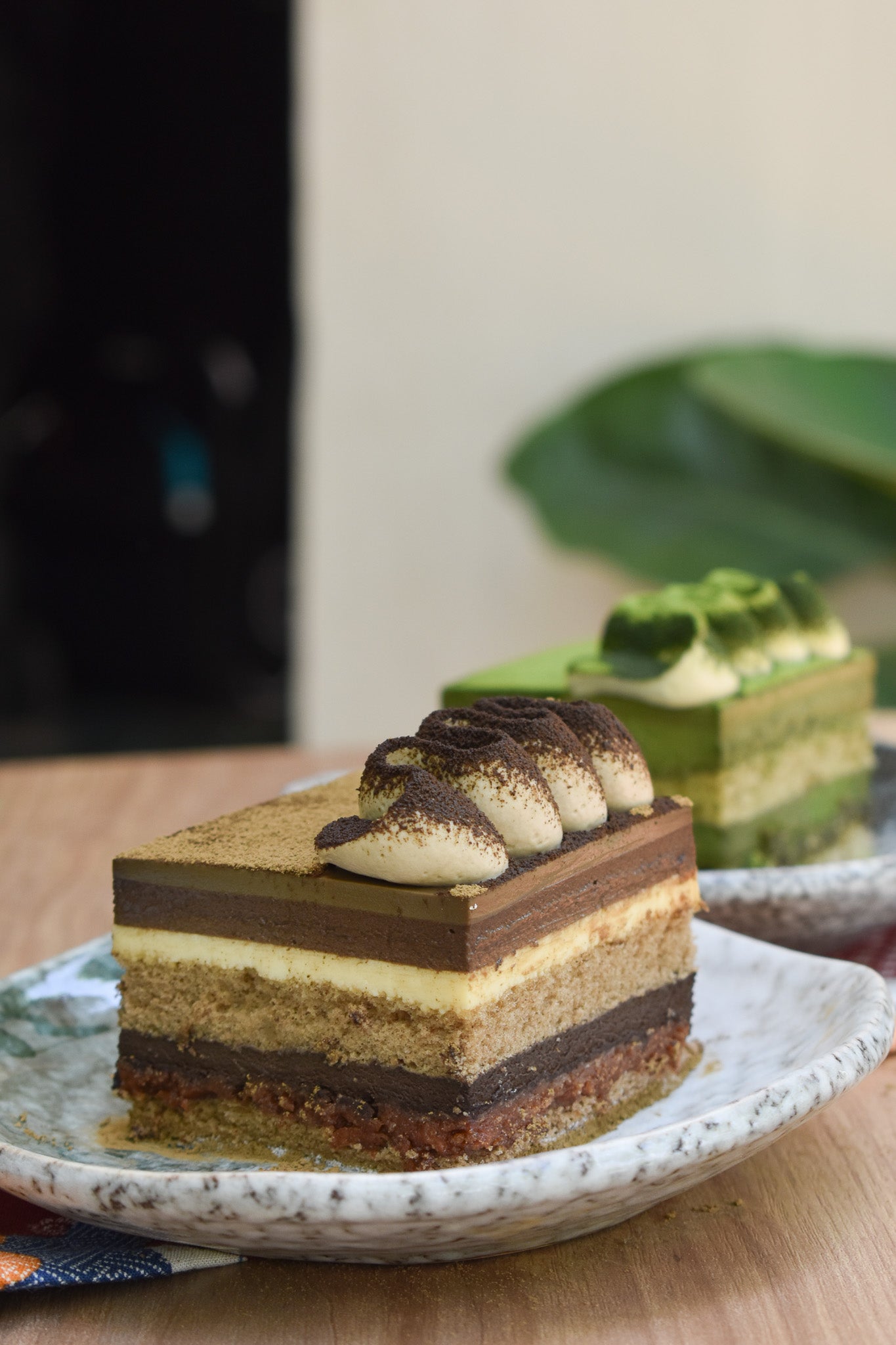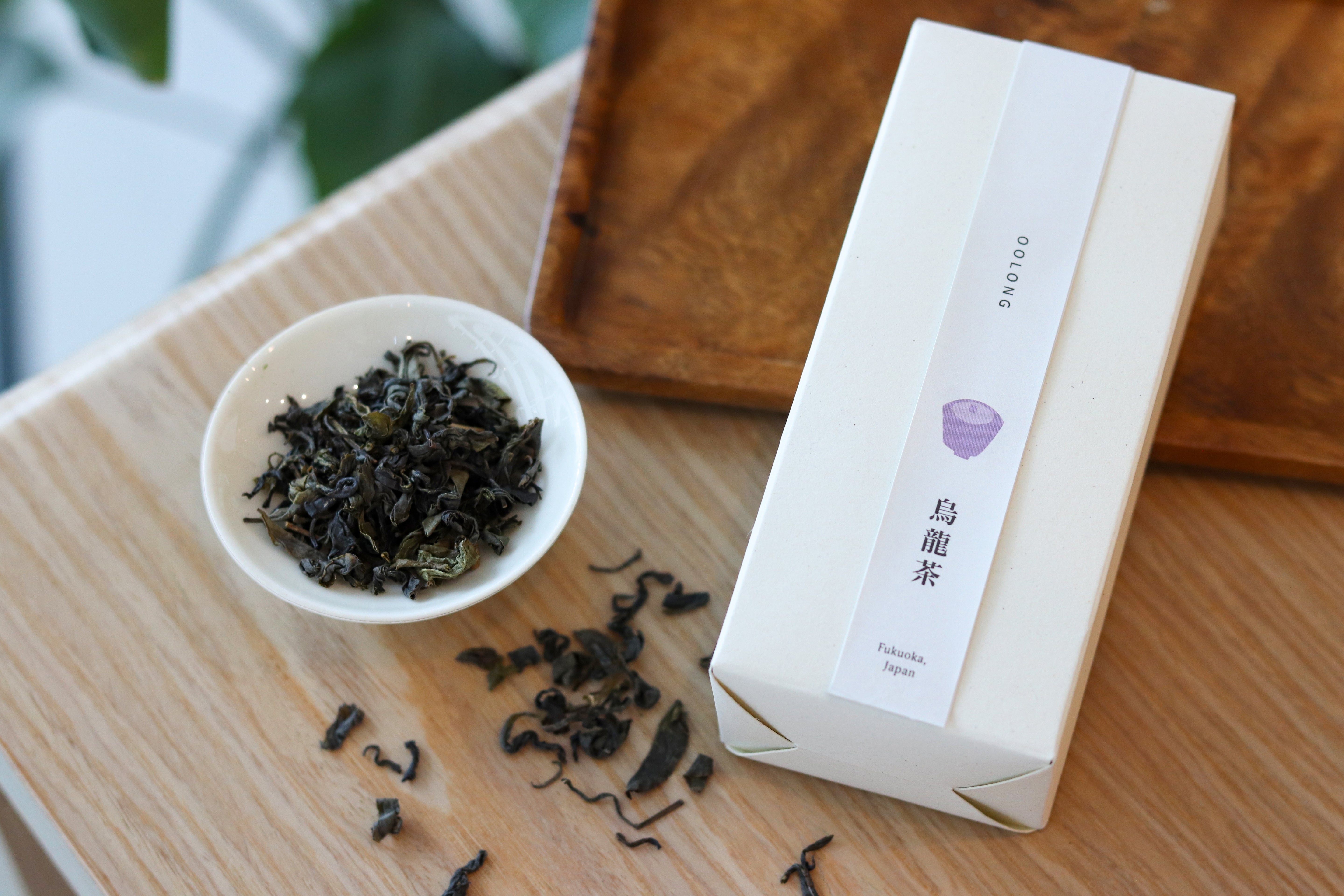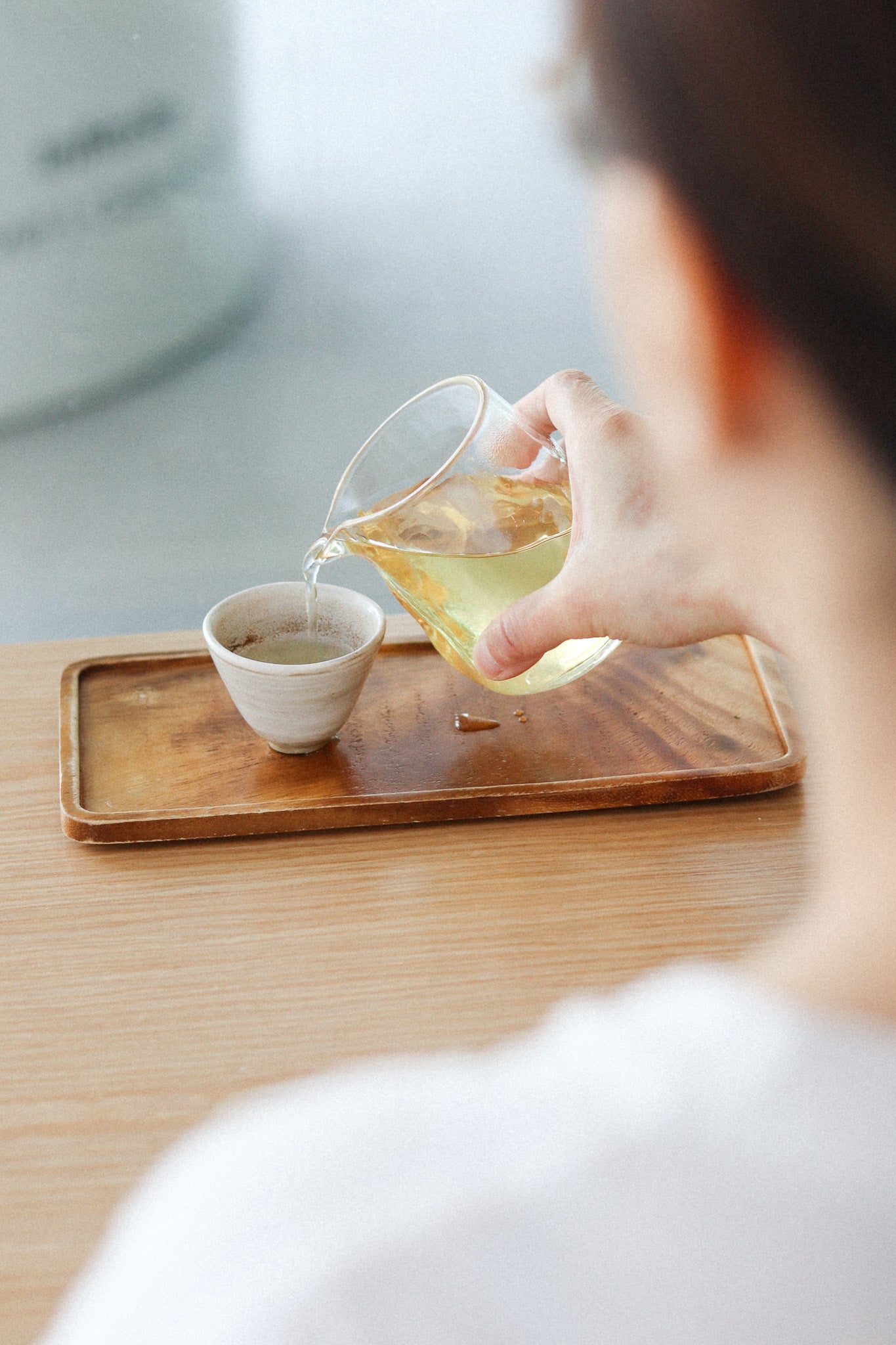ART IS NOT A BALANCED EQUATION
by Jasmine | September 26, 2019
The science of the Arts is an interesting concoction. We hear from Stanley his take on commercialising his hobby — a move cited cautiously, fearfully and passionately.
In the tokonoma (alcove) of the home studio hangs a lone painting on a scroll. A laptop is tucked away at the corner on the ground alongside a table top of 20 centimetres in height. The cement-screeded wall has an off-grey hue, and in them sealed the unspoken myriad of thoughts in him. Stripped of other furniture, the studio is bare to its minimum. Yet, for all its simplicity, not every painter’s mind is clear.
His hands continue in a swift, disciplined movement as he puts ink to paper. The mountainous cliffs of the Song dynasty come alive, each stroke of the brush a complement to the Mandarin characters. He sits alone in his home studio for hours, as the last of his creative juices are squeezed.
In an alternate space, as if instantaneous, his mind begins to question the work before him. The mind doesn’t register the value of black ink on a white 宣纸 (calligraphy paper) anymore. He stops, his mind calculating what the painting could fetch. Then he stops himself once more, willing himself back to the reality of a passion.
His art — calligraphy painting, to be exact — is not a balanced equation. 25 years into this disciplined creativity remains a mystery as much as it is an anchor. His foray into painting came at the cost of a debilitating illness, a promising career as an ex-lawyer and a brief loss of touch with humanity.
Singaporean painter, Stanley Chng, approaches art from a scientific vantage. Full of cost-effectiveness and logic, the art becomes a science. Waterandink, his venture into the local arts industry, takes on a practical approach.
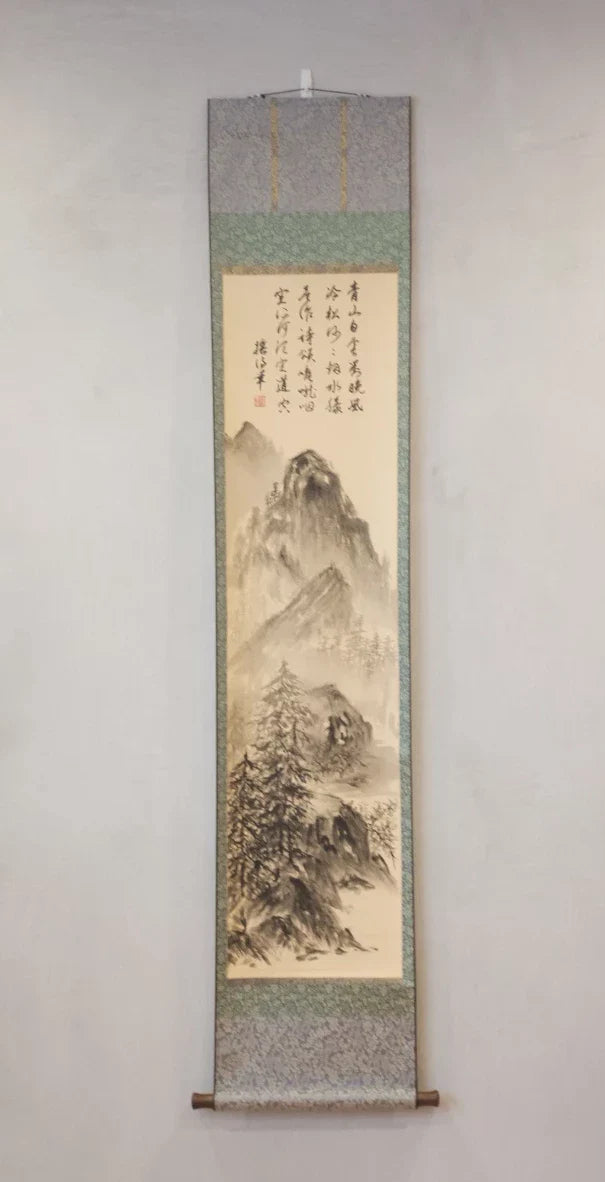
IMAGE: AN ARTWORK BY SINGAPOREAN PAINTER, STANLEY CHNG.
CURRENT ≠ TIMELESS
Practicality in art became a concern for Chng two years ago when he entered the industry full-time. Although he painted for more than half his life, he never saw the arts as a stream of income for him. It was a struggle for him to understand the industry standards and consumers’ demands. Yet, in a bid to stay current, he is trying his best to hold on to the timeless.
As a new era emerges, he ponders the possibility of going digital to embrace technology. His business has always been built upon exhibitions, commissioned projects and workshops. An e-commerce business will boost profit sales, he believes. Yet, to rewire the viewing of art on a screen compromises real-time, up close, love-at-first-sight attraction to the art. The decision to sell digitally also robs any opportunity for the artist to converse with the buyer.
Digitalisation proves a real threat to the timeless nature of art. His current mission is to find that sweet spot of balance.
He recalls how he had to talk himself around the idea of selling his artworks. “Let’s say we draw a cookie. When I’m really dying of hunger, that can never really satisfy me.”
INSPIRATION IS EXPERIENCE DISTILLED
The decision to sell his works is placing a price tag on his mind / his intellectual property. Chng identifies himself first as a businessman, then an artist. His viewpoints are laced with honesty as he quickly admits that his art has to earn him his keep.
His strategy is straightforward: work on commissioned projects. Quite a strong opponent against painting by inspiration, Chng believes that painting by demands or requirements sits better with him.
Art, it appears, is not a balanced equation. Not a perfect balance of creativity and profit. Much less a trade-off that is necessary for artists.
Instead of getting his students to paint whatever comes to mind, he prefers to teach them skill by skill, method by method, technique by technique. He is imparting others the stroke of mastery while swimming in the ocean of imagination — both mastery and imagination aren’t mutually exclusive. He believes in strategy that involves substance.
Trained with a law discipline, which inevitably trains his mind to be logical and rational, Chng continues to apply those concepts wherever life takes him.
Yet, the Arts has never left him. The substance that attracted, filled and propelled him 25 years ago, long before law did, has been art. This buoy anchored him through a season of bureaucracy, sickness and financial struggles. Art was first an injection of life, then a resurrection of life.
And that is why he knows nothing is certain, only earned. Like the opportunity to paint for Urasenke tea ceremonies. Like the invitation to Chengdu to speak at and exhibit on 12th to 14th century paintings. Or the weekly workshops he organizes for interested students.
Single-handedly, he plunged himself into the art industry armed with a few paintbrushes and a vigor to survive.
At various exhibitions, he would calculate the price tolerances of his consumers to gain higher profit by comparative volume. He recalls how he had to talk himself around the idea of selling his artworks. “Let’s say we draw a cookie. When I’m really dying of hunger, that can never really satisfy me.” For a period of time, he couldn’t get to terms with the value of art.
Until he thought about how he would want his customers to appreciate his art. It became clearer to him that his vision is to see customers decorate their houses with his art pieces. When he saw art as a sellable, tangible commodity, he relented.
It has been two years since Chng embarked on his business of painting. He goes by the sobriquet 舍得, which translates to being willing. But the individual word actually means ‘discard and receive’. For the Chinese believe that to receive, you must first be willing to give. Every choice made is also another choice robbed.
Art, it appears, is not a balanced equation. Not a perfect balance of creativity and profit. Much less a trade-off that is necessary for artists. To each artist his own, because there is nothing as mesmerizing than an artist rewarded for the mind’s creativity.

